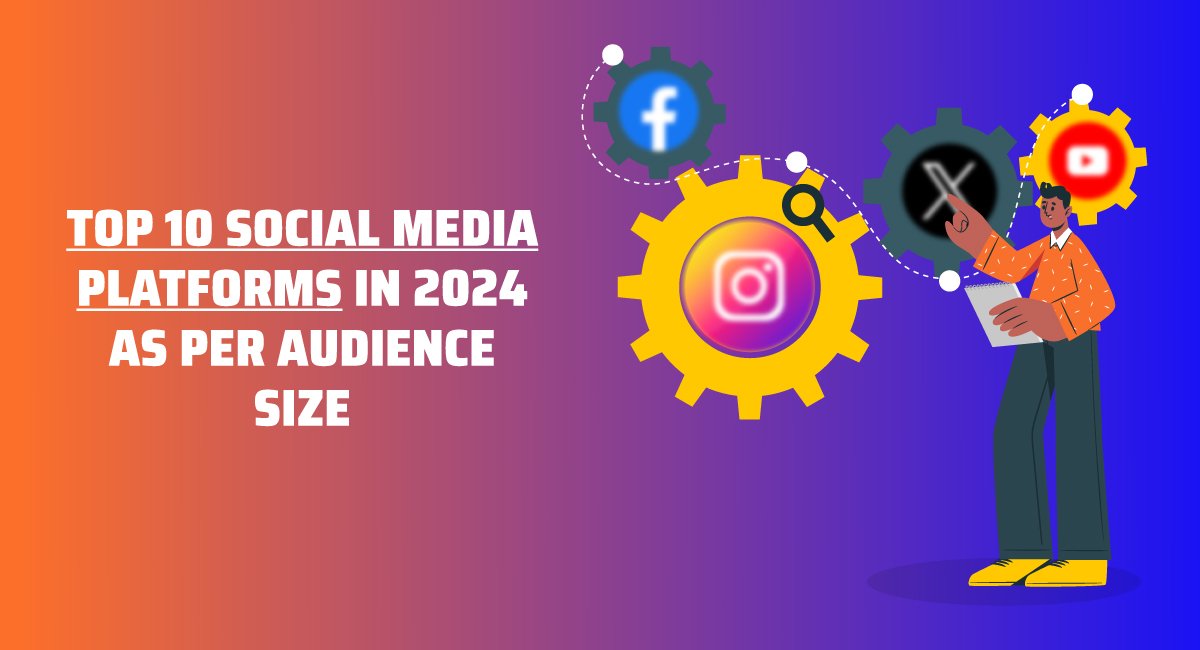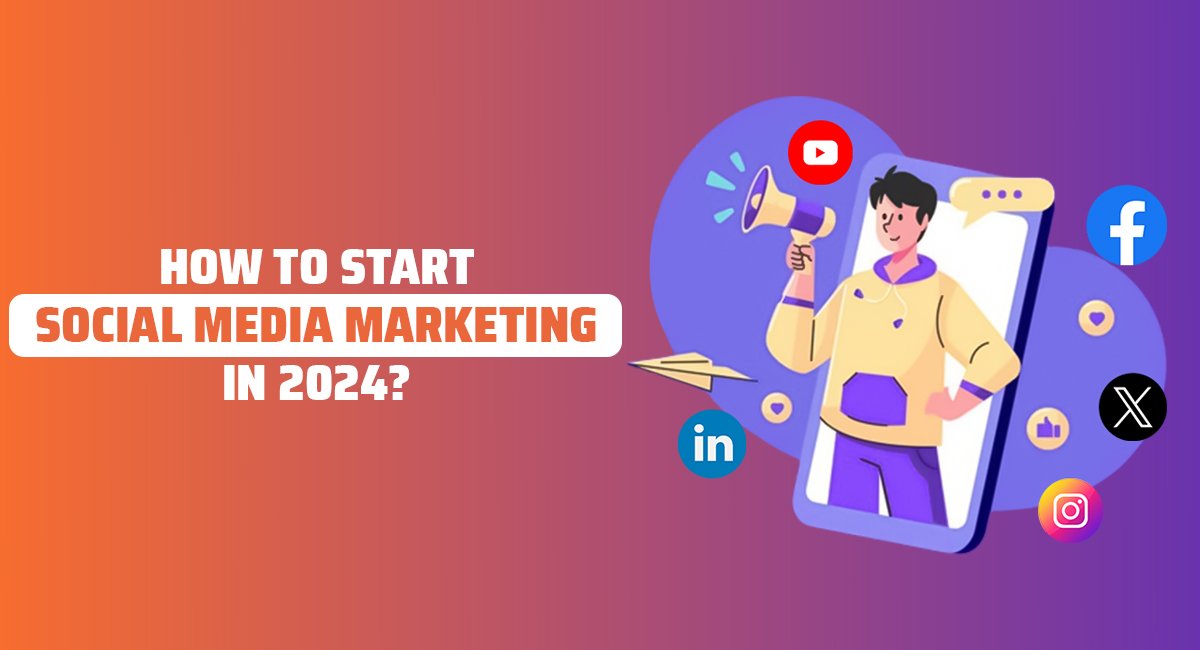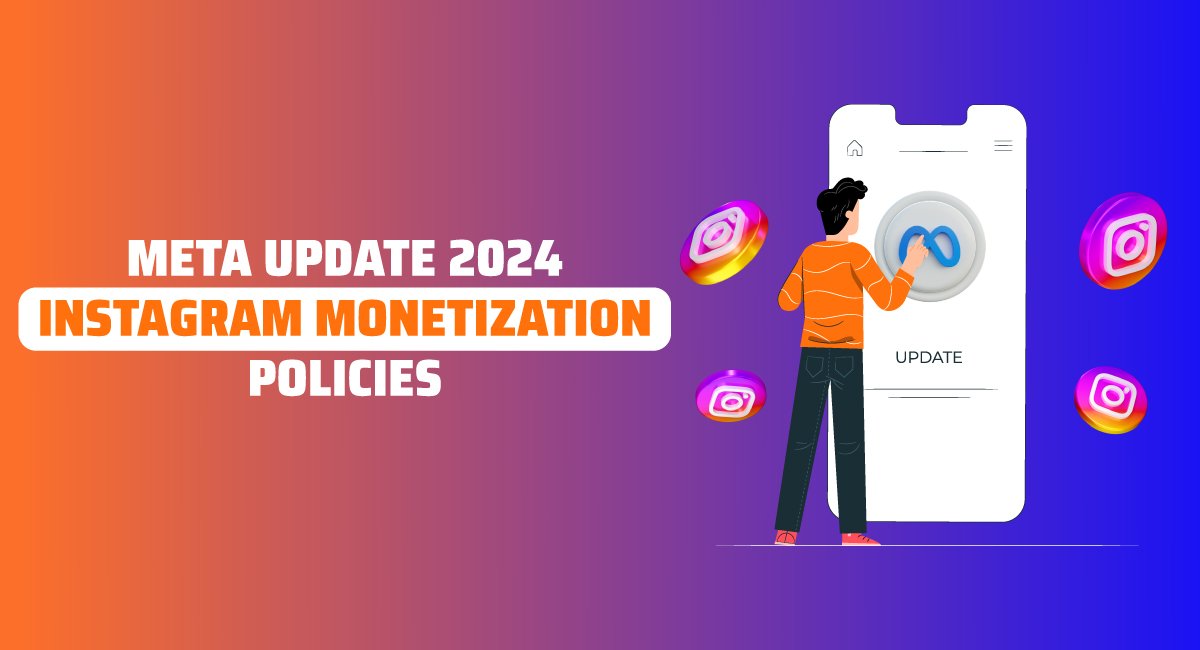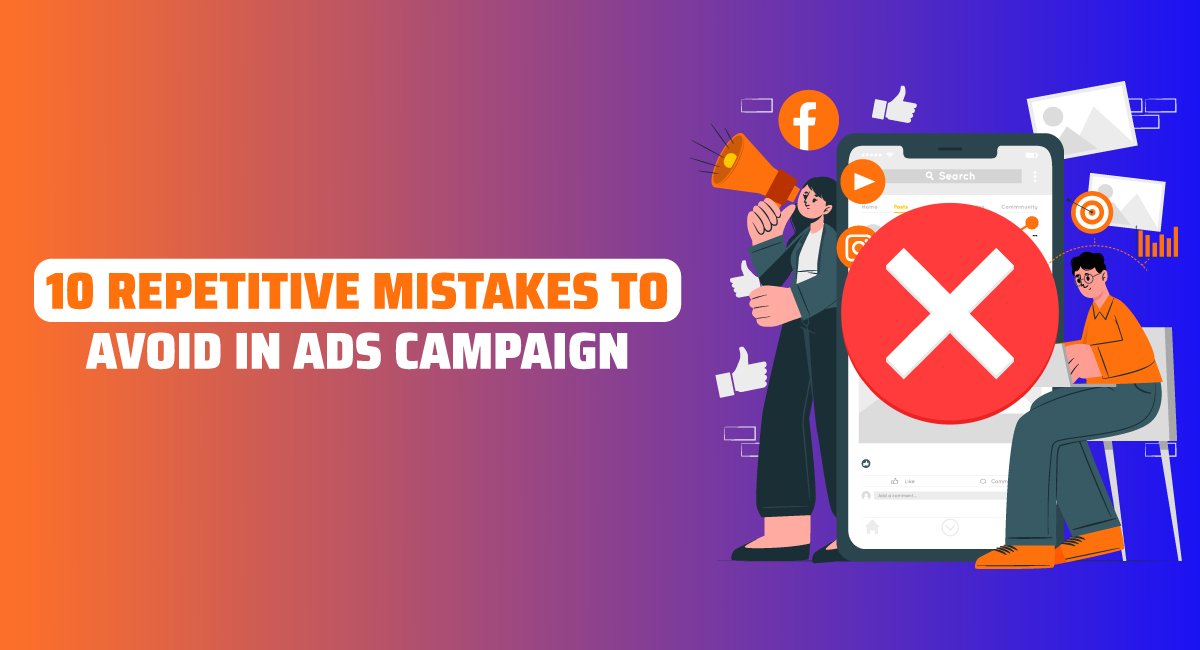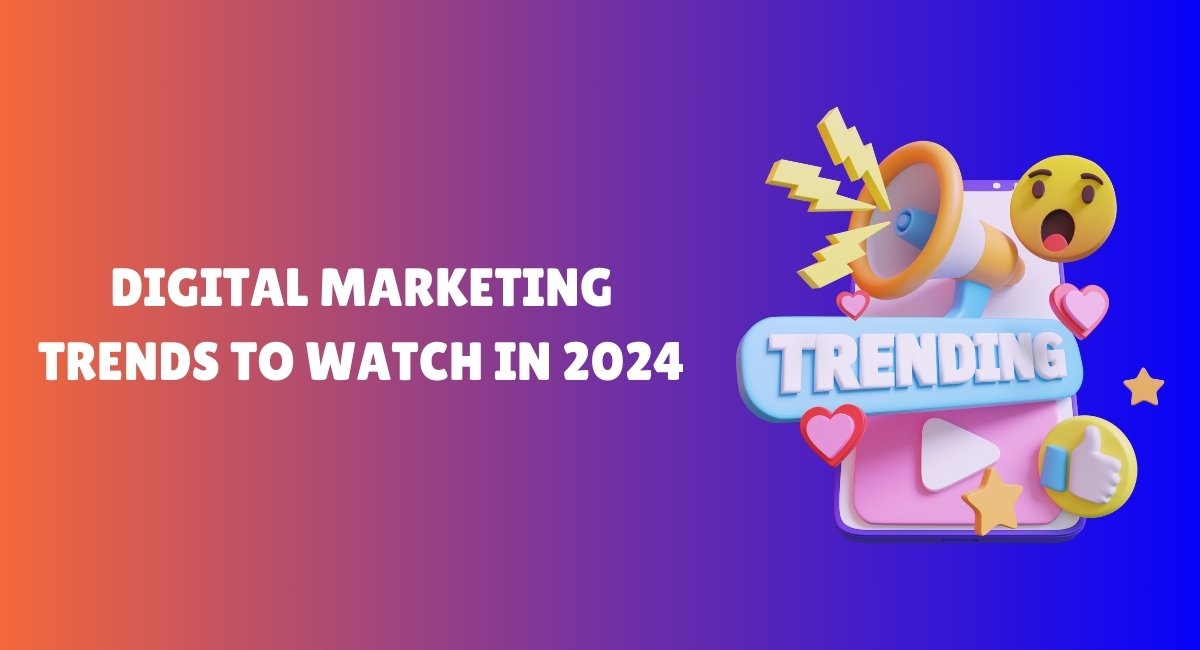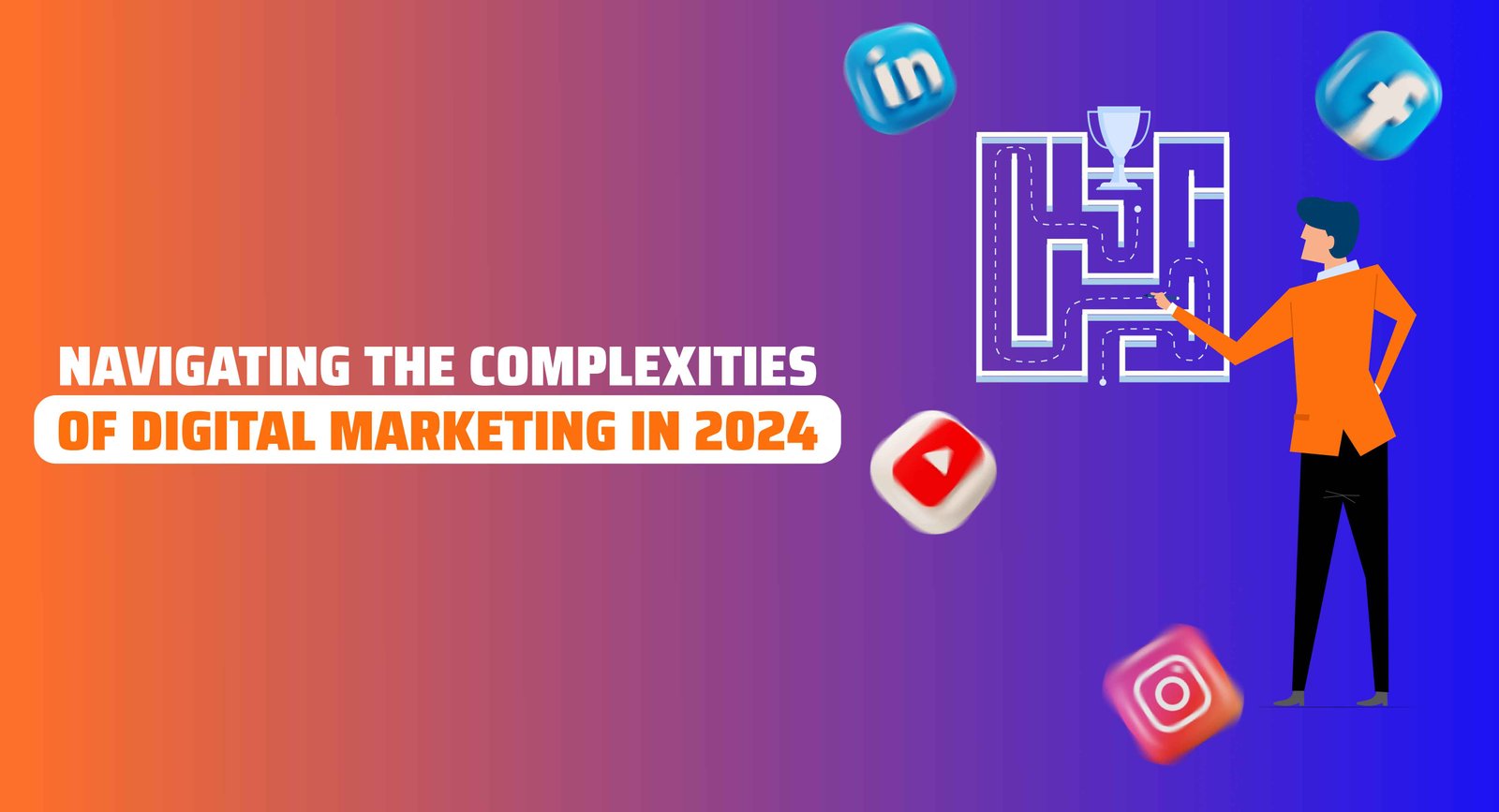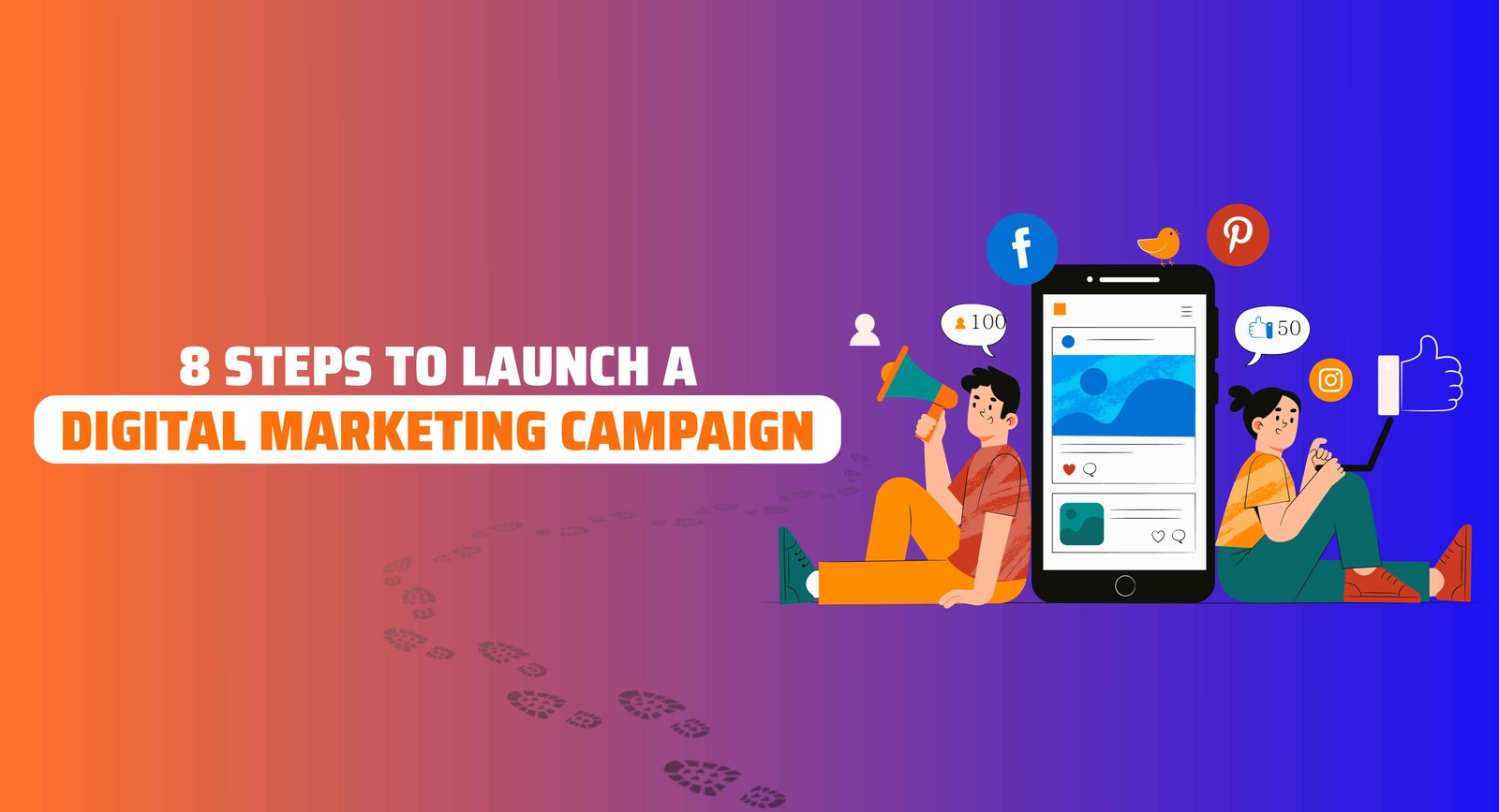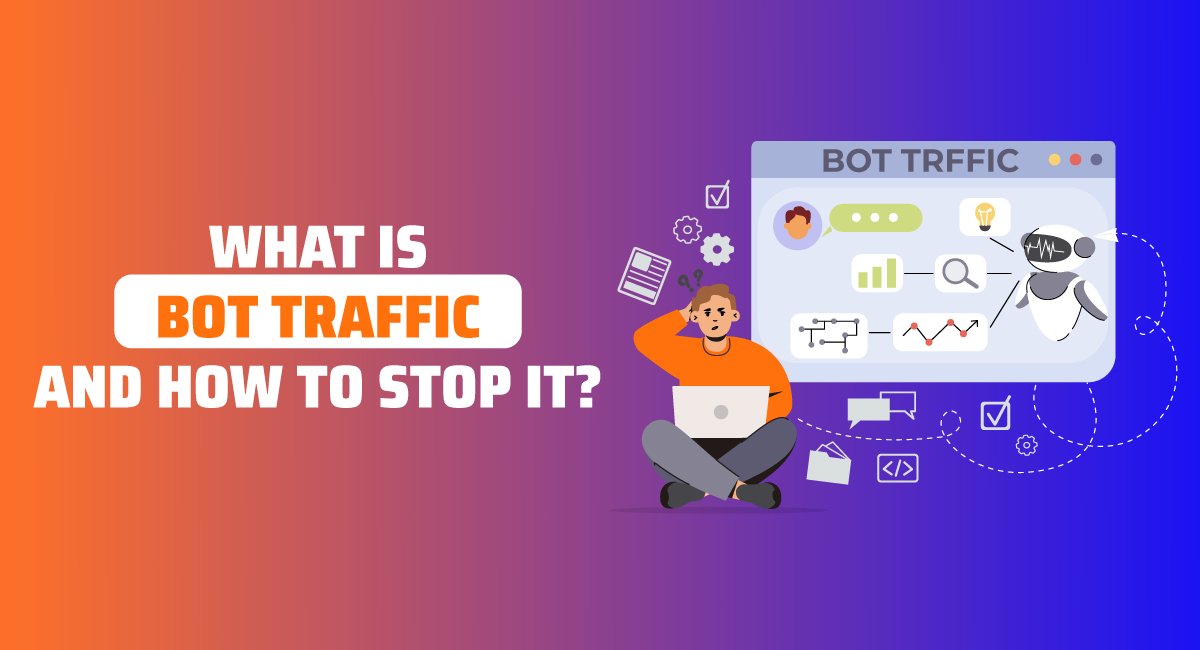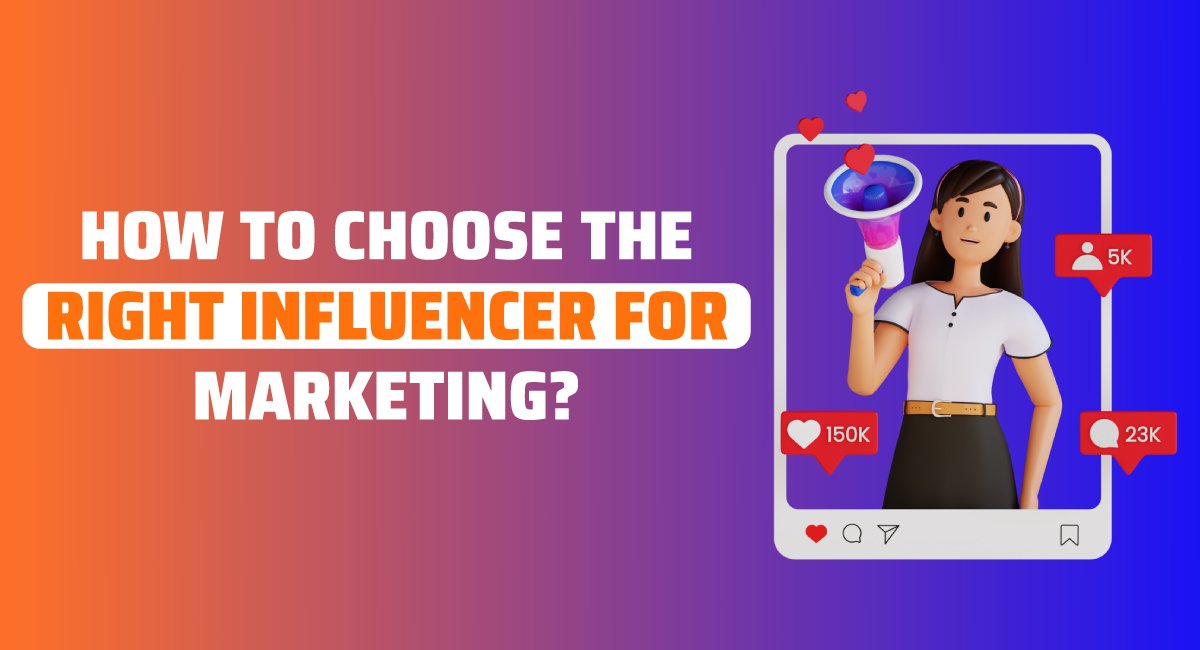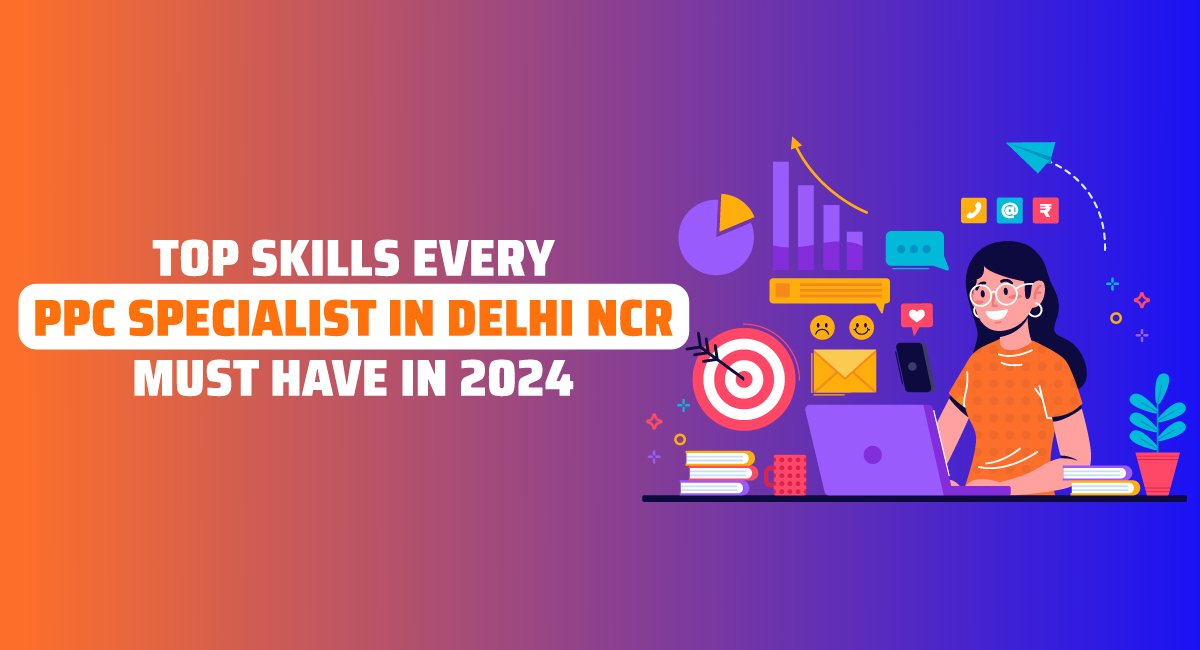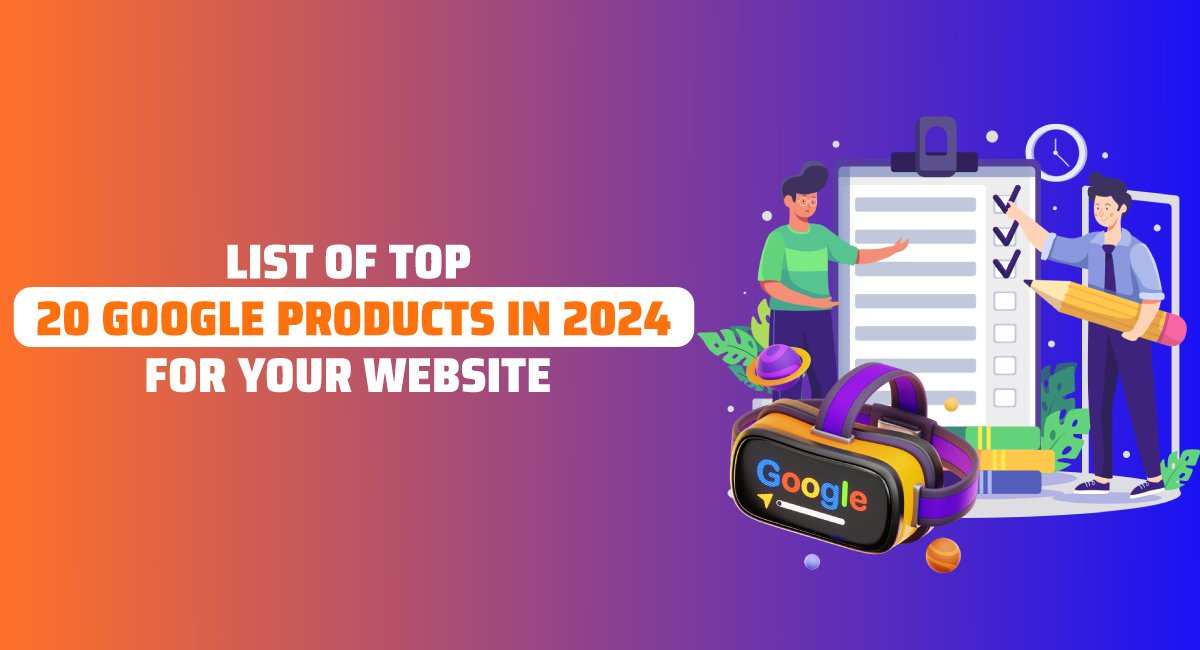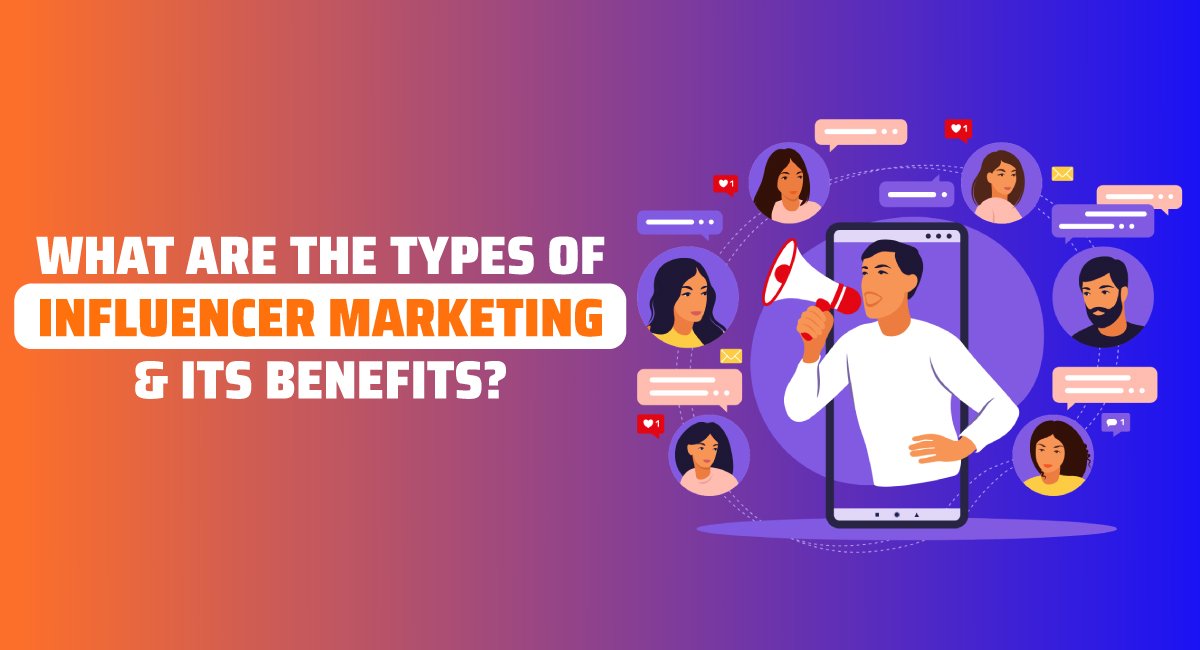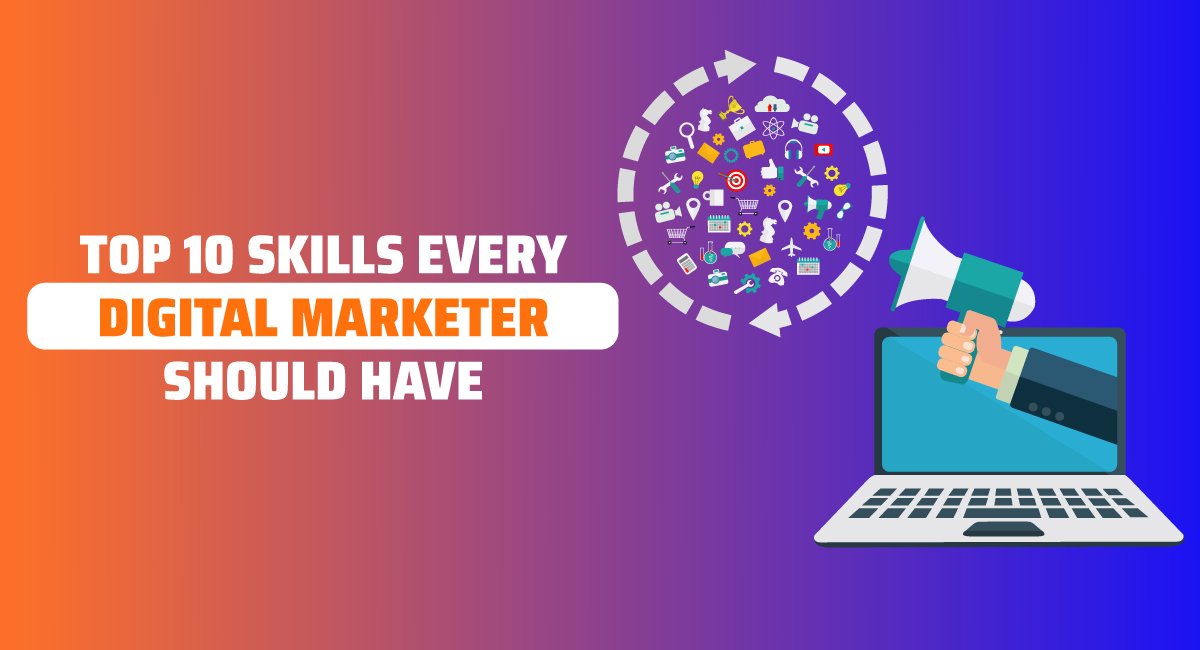.png)
Digital Marketing in 2024- The State of Industry
Since its inception, digital marketing has advanced significantly. The industry has grown exponentially, and with each passing year, we see new and innovative technologies that change the way businesses market their products and services. As we look ahead to 2024, it's important to examine the current state of digital marketing and predict how the industry will evolve in the coming year.
One of the biggest trends in digital marketing that we are seeing in 2024 is the continued rise of social media. Platforms like Facebook, Instagram, and TikTok have become essential tools for businesses of all sizes to reach their target audience. Social media marketing allows companies to connect with their customers on a personal level, build brand loyalty, and drive sales. In 2024, we can expect to see more businesses leveraging social media to connect with their audience, and more advanced targeting and personalization options becoming available.
Since its inception, digital marketing has advanced significantly. The industry has grown exponentially, and with each passing year, we see new and innovative technologies that change the way businesses market their products and services. As we look ahead to 2024, it's important to examine the current state of digital marketing and predict how the industry will evolve in the coming year.
Marketing & Branding
It is difficult to predict exactly how branding and marketing will evolve in 2024, as it will depend on a variety of factors such as technological advancements, changes in consumer behavior, and shifts in the business landscape. However, we will likely continue to see an increased focus on digital and online marketing, as well as the use of data and analytics to personalize and target marketing efforts.
Some possible marketing trends in 2024 May Include:
- Greater use of Artificial Intelligence (AI) and automation in marketing to improve targeting, personalization and analytics
- Continued growth of social media influencer marketing
- Increased use of virtual and augmented reality in advertising and branding
- Greater emphasis on experiential and immersive marketing to engage consumers in new ways
- Continued focus on sustainability and corporate social responsibility
- Greater use of chatbots and messaging apps for customer service and marketing
- The utilization of video content in digital marketing should increase
As always, the trends and the way they will be adopted will also depend on the industry, target audience and the company's strategies and goals.
Some Possible Branding Trends in 2024 May Include:
- Greater use of storytelling and purpose-driven branding to connect with consumers emotionally and create a deeper sense of brand loyalty
- Greater emphasis on personalization and customization to create a more personalized brand experience for consumers
- Continued growth of social media influencer marketing and collaborations with influencers to reach new audiences and build brand credibility
- Greater focus on sustainability and corporate social responsibility, and how a brand is impacting the environment and society
- Increased use of virtual and augmented reality in advertising and branding to create immersive brand experiences
- Greater use of data and analytics to inform branding decisions and measure the effectiveness of branding efforts
- More use of video content in digital branding
As always, the trends and the way they will be adopted will also depend on the industry, target audience and the company's strategies and goals.
Digital Marketing Strategy
A digital marketing strategy is a comprehensive plan that outlines how a business will use digital channels to achieve its marketing goals. It includes a variety of tactics such as search engine optimization (SEO), pay-per-click advertising (PPC), social media marketing, email marketing, and more to reach and engage customers online. A well-executed digital marketing strategy can help a business increase its online visibility, drive website traffic, generate leads, and ultimately increase sales.
A Typical Digital Marketing Strategy Includes the Following Steps:
- Setting goals: Clearly define the business objectives and target audience for the digital marketing campaign.
- Auditing: Review the current digital landscape, including the business's website, social media presence, and competitors.
- Researching: Research target audience behavior, preferences, and pain points to understand their needs.
- Developing a plan: Decide which digital channels and tactics to use to reach the target audience, and create a plan to execute those tactics.
- Implementing: Put the plan into action by creating and publishing content, managing social media accounts, and running advertising campaigns.
- Measuring and analyzing: Use analytics and metrics to track the performance of the digital marketing efforts, and adjust the plan as needed.
- Optimizing: Continuously improve the strategy by testing and optimizing different elements, such as ad copy, images, and landing pages, to improve performance.
It's important to note that a digital marketing strategy should be aligned with the overall business strategy and should be reviewed and updated regularly to adapt to the changing digital landscape. In 2024, we will also see an increased focus on data privacy and security. With more businesses collecting and storing customer data, they must have the right measures in place to protect that data. Businesses will need to be transparent about how they collect, use, and store customer data, and will need to invest in data security measures to protect their customers' information.
Digital marketing in 2024 is set to be an exciting and dynamic industry. The continued rise of social media, the use of AI and ML, virtual and augmented reality, e-commerce and data privacy and security will be the major trends in digital marketing in 2024. Businesses will need to stay on top of these trends and adapt their marketing strategies accordingly to remain competitive. By understanding these trends and how they will impact the industry, businesses can position themselves for success in 2024 and beyond.

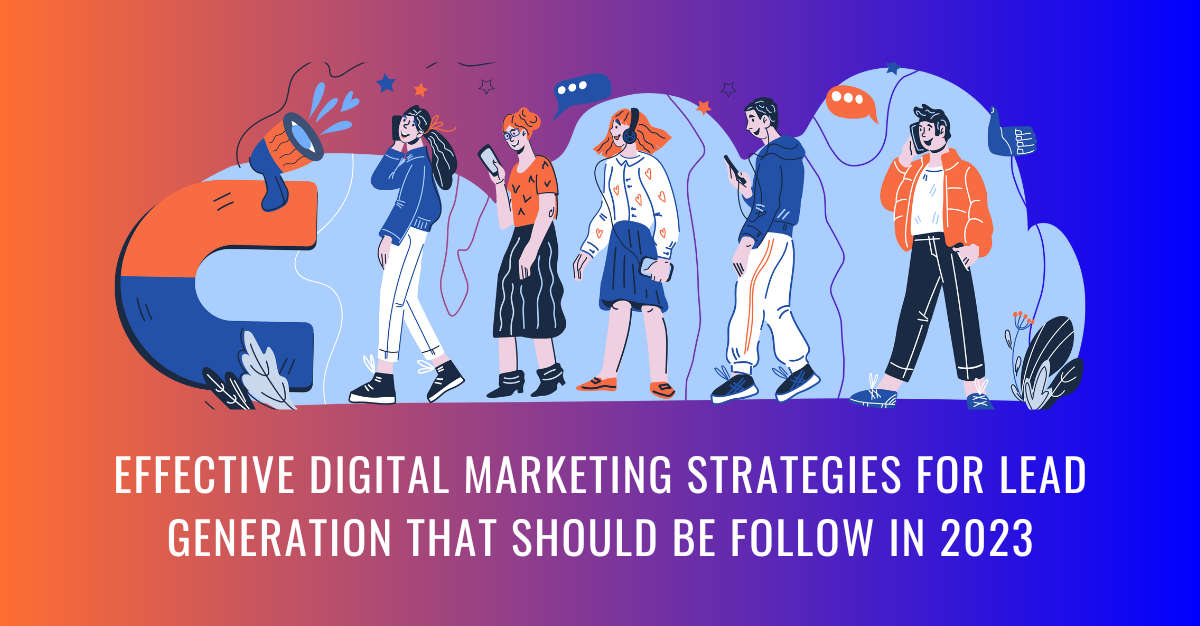
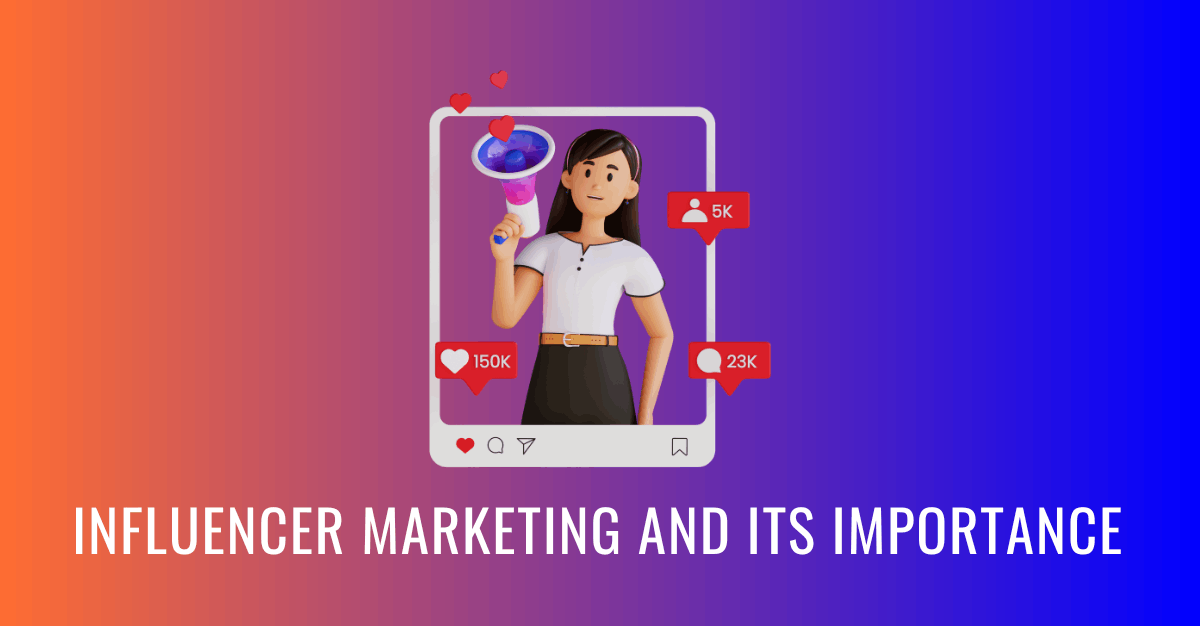
.png)






.png)
.png)


.png)
.png)
.png)
.png)
.png)
.png)
.png)

.png)
.png)
.png)
.png)
.png)
.png)
.png)
.png)
.png)
.png)









.jpg)















